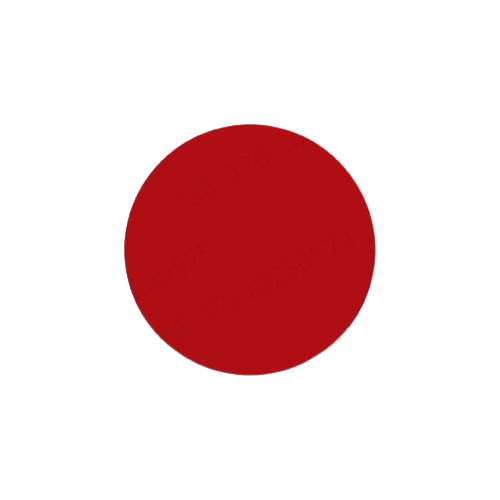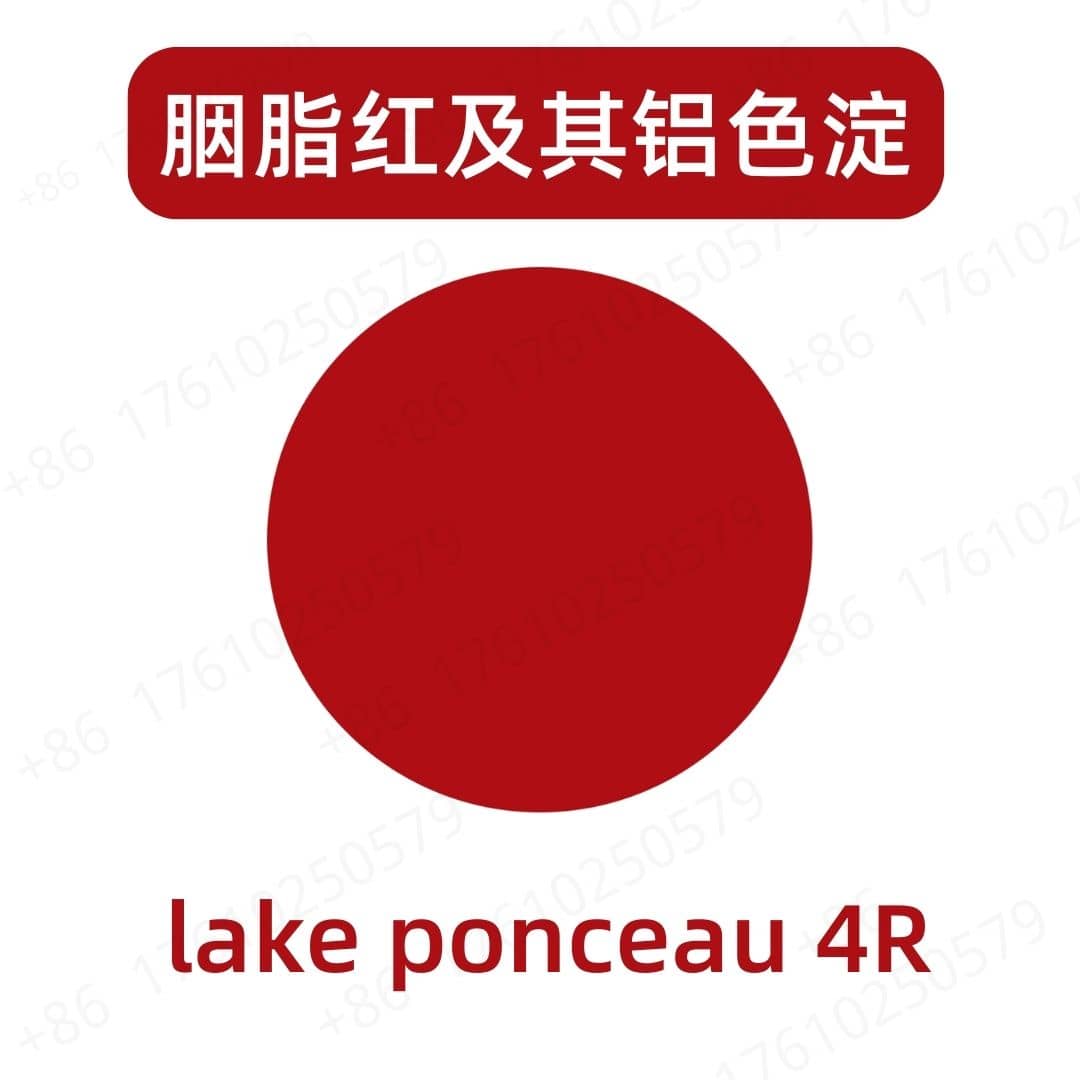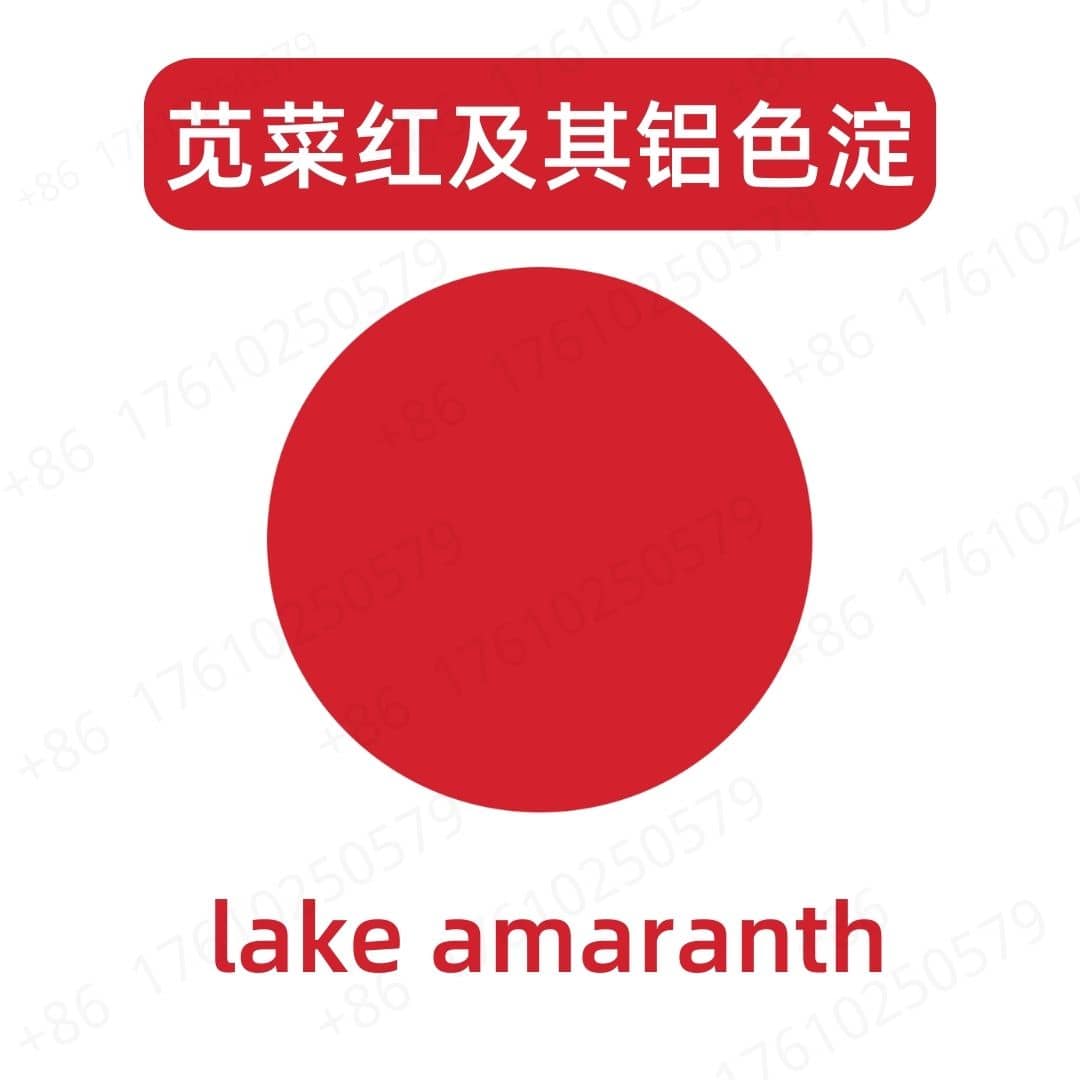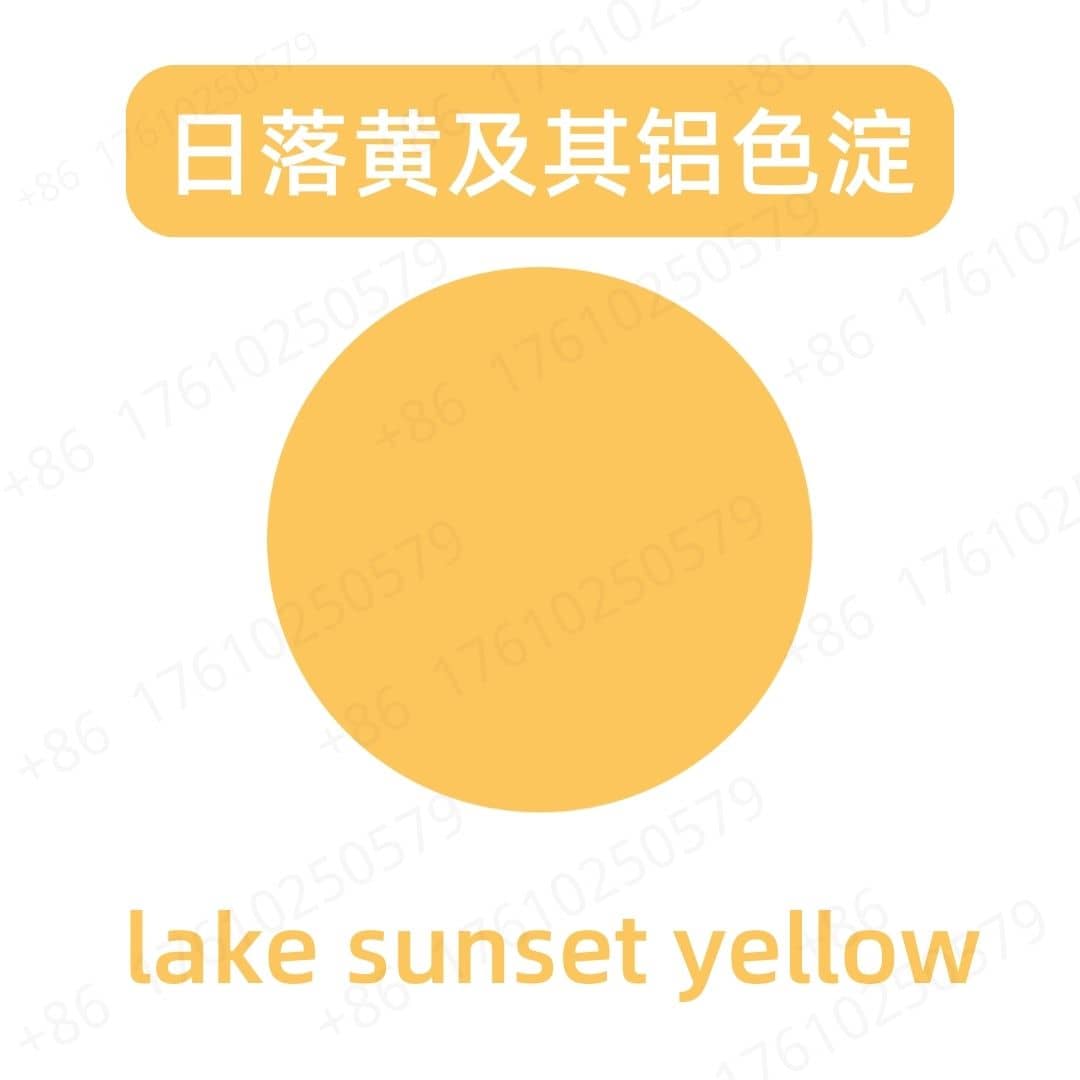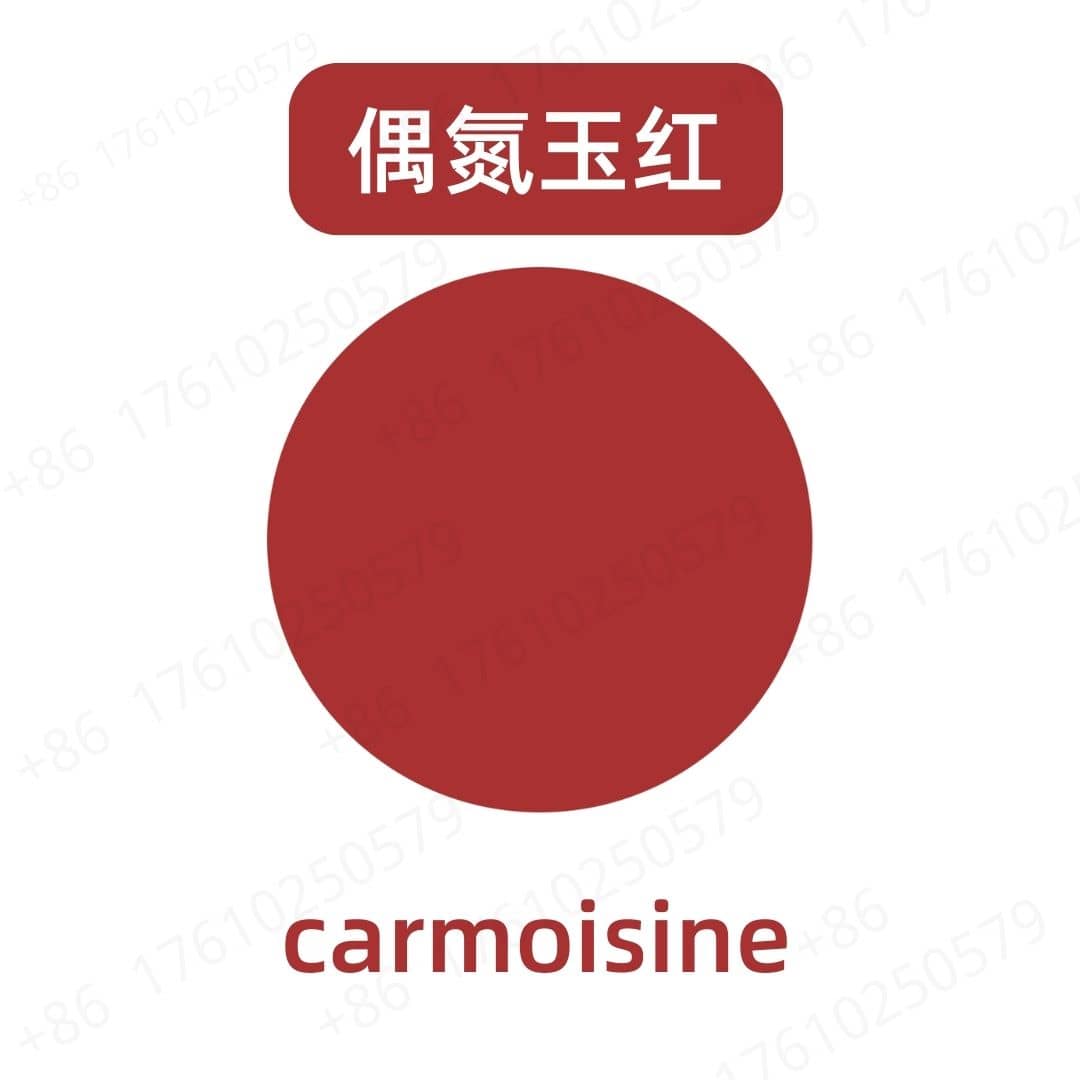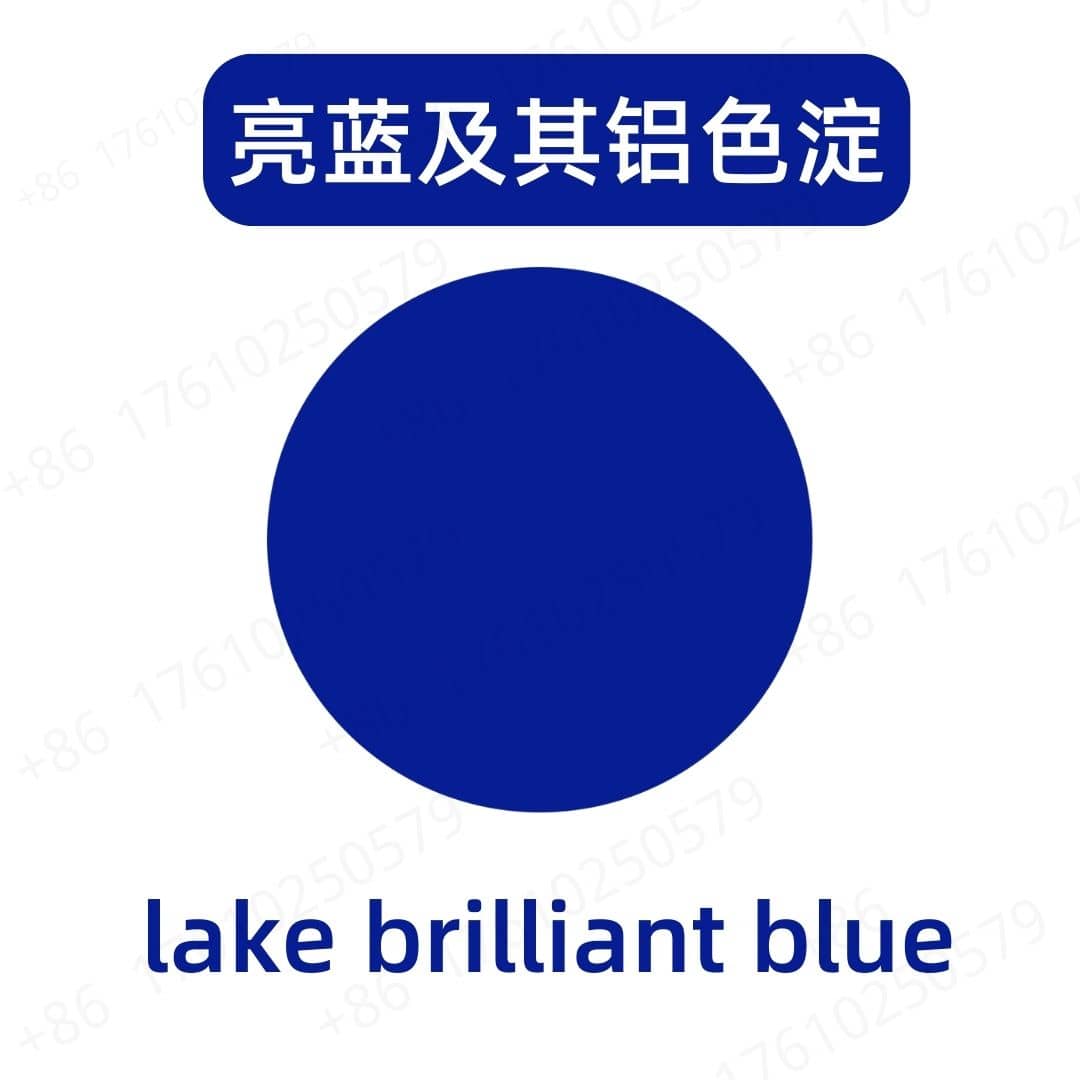Product Introduction
Lake tartrazine pigment is a synthetic organic compound commonly used as a food colorant. It is a stable powder created by combining tartrazine (a water-soluble dye) with an inert substrate, which helps to create a more stable and less soluble product. This transformation allows the colorant to be incorporated into various formulations without bleeding or changing color. Its bright yellow hue makes it a popular choice for enhancing the visual appeal of a range of products.
Production Process
The production of lake tartrazine pigment starts with tartrazine, which is first dissolved in water. An inert material, usually aluminum hydroxide, is then added to this solution. The mixture undergoes a precipitation process where the tartrazine binds to the aluminum, creating a lake form that is water-insoluble. The resultant pigment is then filtered, washed, dried, and milled to achieve the desired powder form and mesh size.
Application Scenarios
Lake tartrazine pigment is widely used in the food industry, particularly in various confections, snacks, and drinks, to achieve an appealing yellow color. It is also utilized in the cosmetic field, where it enhances the appearance of lotions, creams, and makeup products. In pharmaceuticals, it may be employed to color capsules or tablets, aiding in product identification. Additionally, this pigment is used in some industrial applications that require vibrant yellow coloring.
Packaging and Storage
Storage Conditions: Store in a sealed, light-proof container, away from high temperatures, in a dry, cool, and well-ventilated place.
Packaging: Bulk: 25kg/fiber drum; Sample: 1kg/aluminum foil bag; Custom packaging available upon request.
Shipping Methods: FedEx, DHL, dedicated logistics, and sea freight consolidation.
Shelf Life: Two years
Monica Sun possesses extensive technical expertise and market insights in the food additives industry. She excels in designing efficient and safe additive formulations tailored to various food applications, ranging from sweeteners to functional dietary fibers. Monica has successfully assisted food manufacturers in optimizing ingredient combinations to enhance product quality and improve consumer satisfaction.









